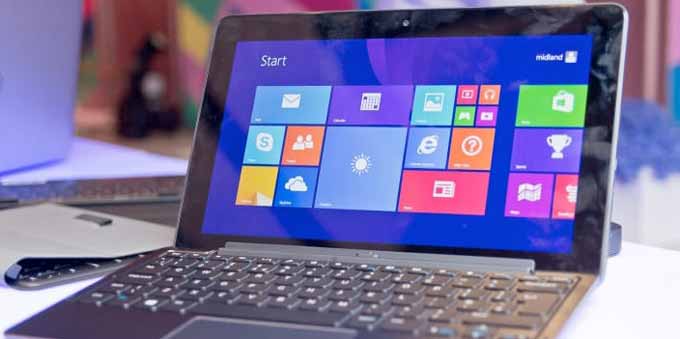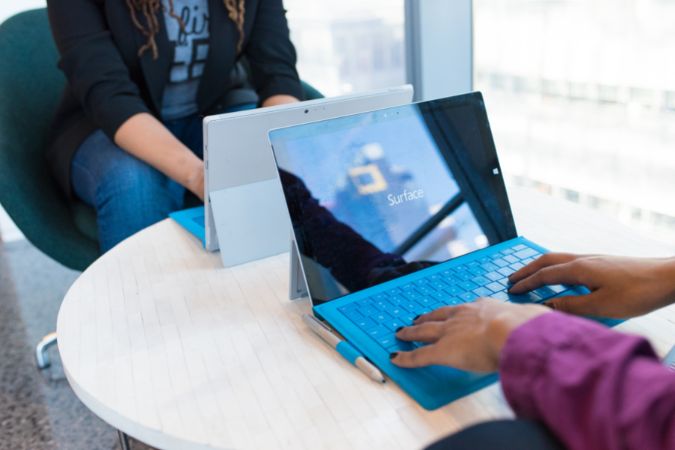
In the digital age, where our lives are increasingly intertwined with technology, forgetting a Windows password can be a source of frustration and anxiety. Whether for your personal computer or your work device, a forgot windows password can lead to data loss, productivity disruptions, and a time-consuming recovery process. But is there a way to prevent this from happening in the future? Let’s explore some strategies and best practices to help you safeguard your Windows password.
Use a Strong, Memorable Password:
The foundation of password security lies in creating a strong yet memorable password. Avoid using common phrases, names, or easily guessable combinations. Instead, opt for a mix of upper and lower-case letters, numbers, and special characters. Consider using passphrases, which are longer combinations of words or phrases that are meaningful to you but difficult for others to guess.
Password Manager:
One of the most effective ways to prevent forgot windows password is to use a reputable password manager. These tools securely store your passwords and can generate complex, unique passwords for each account. With a password manager, you only need to remember one strong master password to access all your credentials.

Regularly Update Your Password:
Even if you have a strong password, it’s important to update it periodically. Regularly changing your password reduces the risk of unauthorized access. Many organizations enforce password expiration policies to enhance security, and adopting a similar practice for personal accounts can be beneficial.
Security Questions and Password Hints:
When setting up your Windows account, take advantage of security questions and password hints. Choose questions and hints that are meaningful to you but not easily guessable by others. These can serve as a lifeline when you forget your password.
Two-Factor Authentication (2FA):
Enable two-factor authentication wherever possible. 2FA adds an extra layer of security by requiring you to provide a secondary authentication method, such as a text message or a fingerprint scan, in addition to your password. This makes it significantly harder for unauthorized individuals to access your account.
Back-Up Your Password:
Consider keeping a physical copy of your password in a secure location, such as a locked drawer or a safe. While this might seem counterintuitive, having a backup option can be a lifesaver if you ever need to remember your password.
Password Recovery Options:
Windows provides built-in password recovery options, such as creating a password reset disk or linking your account to an email address or phone number. Ensure these options are set up correctly, and regularly update your recovery information.
Regularly Practice Safe Computing:
Avoid risky online behaviours like downloading files from untrustworthy sources or clicking on suspicious links. Malware and phishing attacks can compromise your password and put your system at risk.
Educate Yourself:
Stay informed about password security best practices and potential threats. Knowledge is your first defence against forgetting or compromising your Windows password.
In conclusion, while it’s impossible to guarantee that you’ll never forget a Windows password in the future, you can take numerous proactive measures to minimize the risk. A combination of strong password practices, the use of password managers, and enabling additional security features like 2FA can go a long way in preventing password-related headaches.






